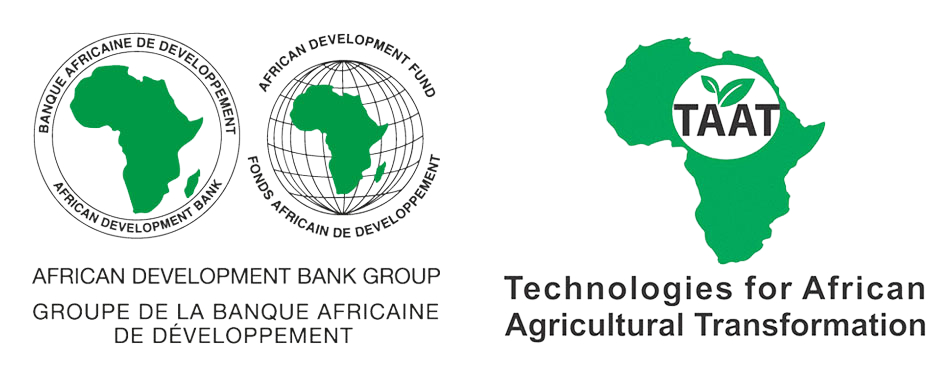


Low-cost vaccination for poultry
The "Universal Vaccination against Newcastle Diseases" is a comprehensive framework and methodology designed to ensure widespread and effective vaccination against the Newcastle disease in poultry. It encompasses a range of components such as thermostable vaccines like the ND I-2, logistical strategies for transportation, simplified application methods, and extensive training for vaccinators. This technology is structured to provide a systematic and accessible approach to safeguard poultry from the Newcastle disease, particularly in challenging environments and remote areas.
This technology is TAAT1 validated.
Adults 18 and over: Positive high
The poor: Positive medium
Women: Positive high
Climate adaptability: Highly adaptable
Farmer climate change readiness: Significant improvement
Biodiversity: No impact on biodiversity
Carbon footprint: Same amount of carbon released
Environmental health: Greatly improves environmental health
Water use: Same amount of water used
Broad Protection: The ND I-2 vaccine offers protection against a wide range of Newcastle Disease Virus strains. This is a crucial feature, particularly in areas where new virus variants are prevalent.
Strong Immune Response: The vaccine triggers a robust immune response in poultry, safeguarding them from disease symptoms and minimizing the severity of outbreaks. This reassures farmers of the vaccine’s capability to protect their flocks.
Ease of Use: The ND I-2 vaccine is user-friendly, with straightforward administration and storage procedures. This makes it a practical choice for farmers, including those in remote or developing regions.
Safety and Acceptance: The vaccine is widely accepted due to its proven effectiveness and safety. This can help overcome any hesitations and encourage higher vaccination rates.
Long-lasting Protection: The ND I-2 vaccine offers more enduring protection compared to some other vaccines. This reduces the need for frequent re-vaccination, saving farmers both time and resources.
In the near future, this section will provide an overview of this technology's success in various contexts, details on partners offering technical support, training, and implementation monitoring, along with other valuable insights for your projects and programs. These details will be added progressively.
In the meantime, use the 'Request information' button if you need to contact us.
per round of vaccination for 20 chickens
local vaccination campaign at the village level
Open source / open access
Scaling Readiness describes how complete a technology’s development is and its ability to be scaled. It produces a score that measures a technology’s readiness along two axes: the level of maturity of the idea itself, and the level to which the technology has been used so far.
Each axis goes from 0 to 9 where 9 is the “ready-to-scale” status. For each technology profile in the e-catalogs we have documented the scaling readiness status from evidence given by the technology providers. The e-catalogs only showcase technologies for which the scaling readiness score is at least 8 for maturity of the idea and 7 for the level of use.
The graph below represents visually the scaling readiness status for this technology, you can see the label of each level by hovering your mouse cursor on the number.
Read more about scaling readiness ›
Semi-controlled environment: prototype
Common use by projects NOT connected to technology provider
| Maturity of the idea | Level of use | |||||||||
| 9 | ||||||||||
| 8 | ||||||||||
| 7 | ||||||||||
| 6 | ||||||||||
| 5 | ||||||||||
| 4 | ||||||||||
| 3 | ||||||||||
| 2 | ||||||||||
| 1 | ||||||||||
| 1 | 2 | 3 | 4 | 5 | 6 | 7 | 8 | 9 | ||
| Country | Testing ongoing | Tested | Adopted |
|---|---|---|---|
| Benin | –No ongoing testing | Tested | Adopted |
| Botswana | –No ongoing testing | Tested | Adopted |
| Burundi | –No ongoing testing | Tested | Adopted |
| Central African Republic | –No ongoing testing | Tested | Adopted |
| Côte d’Ivoire | –No ongoing testing | Tested | Adopted |
| Democratic Republic of the Congo | –No ongoing testing | Tested | Adopted |
| Ethiopia | –No ongoing testing | Tested | Adopted |
| Gabon | –No ongoing testing | Tested | Adopted |
| Ghana | –No ongoing testing | Tested | Adopted |
| Guinea | –No ongoing testing | Tested | Adopted |
| Kenya | –No ongoing testing | Tested | Adopted |
| Madagascar | –No ongoing testing | Tested | Adopted |
| Malawi | –No ongoing testing | Tested | Adopted |
| Mozambique | –No ongoing testing | Tested | Adopted |
| Nigeria | –No ongoing testing | Tested | Adopted |
This technology can be used in the colored agro-ecological zones. Any zones shown in white are not suitable for this technology.
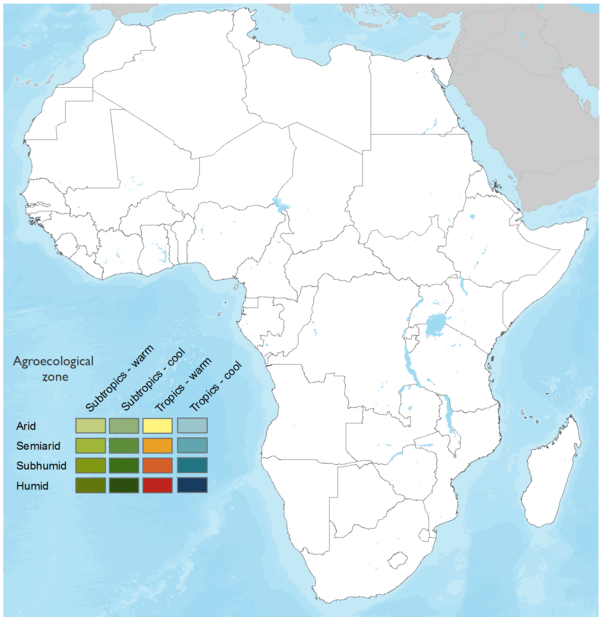


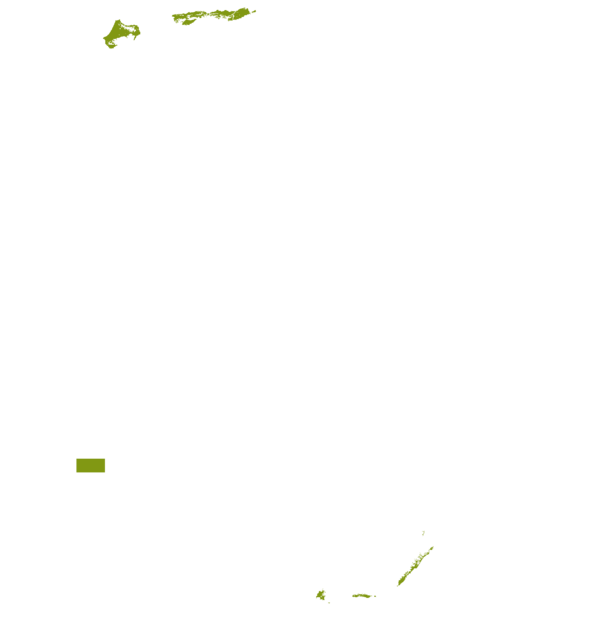



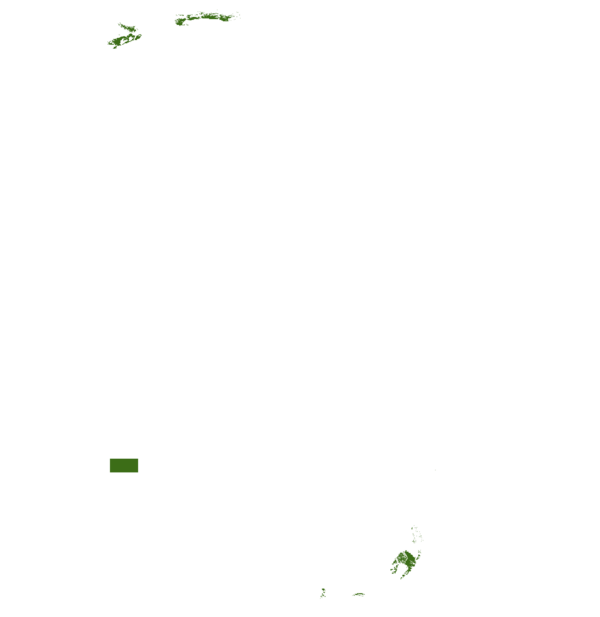

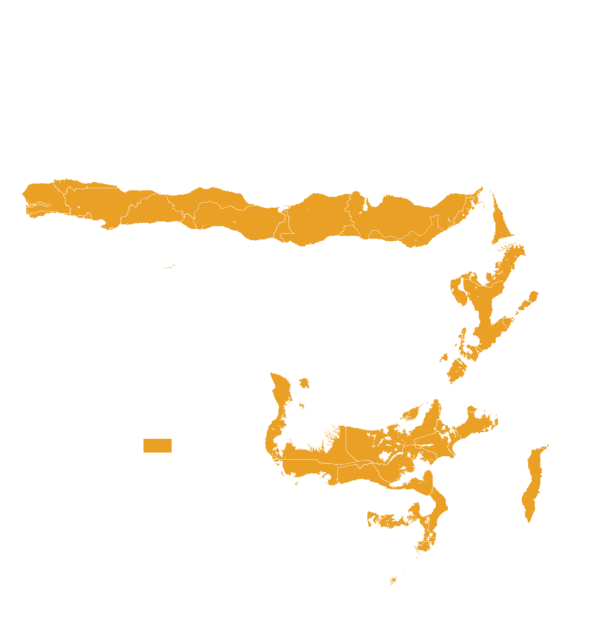
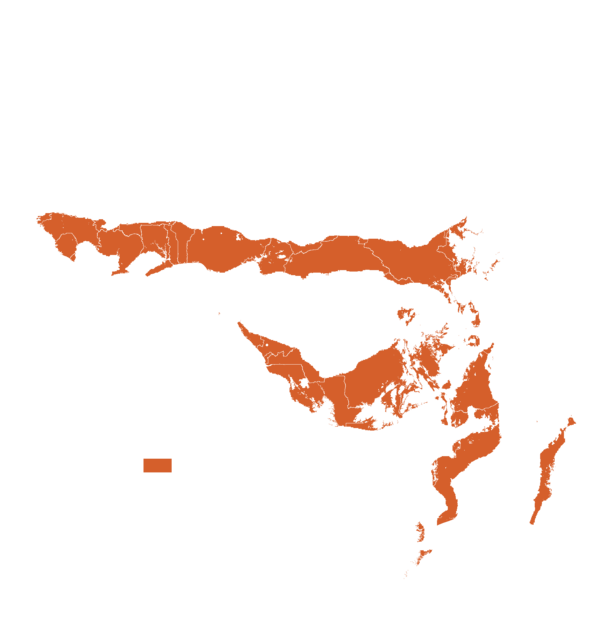

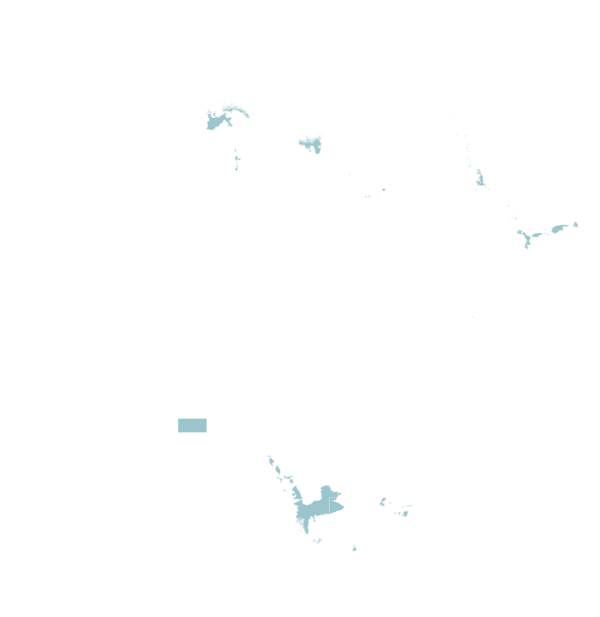

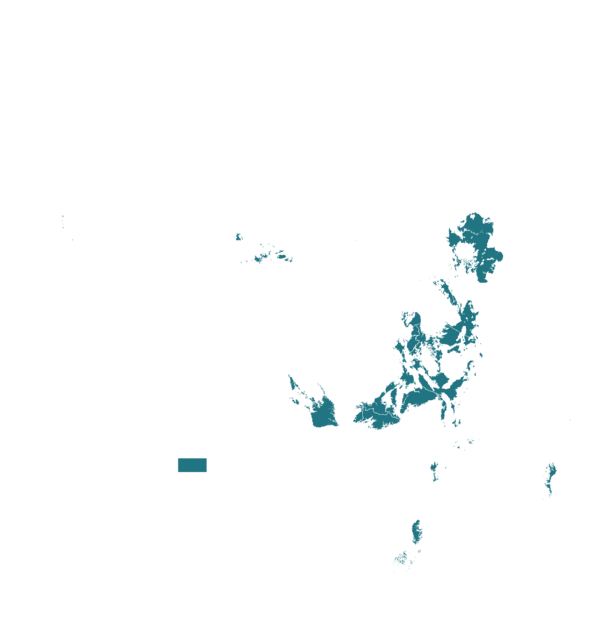

| AEZ | Subtropic - warm | Subtropic - cool | Tropic - warm | Tropic - cool |
|---|---|---|---|---|
| Arid | ||||
| Semiarid | ||||
| Subhumid | ||||
| Humid |
Source: HarvestChoice/IFPRI 2009
The United Nations Sustainable Development Goals that are applicable to this technology.

Here are the process that ensures the production, preparation, and systematic vaccination against Newcastle Disease in poultry
Last updated on 8 October 2025